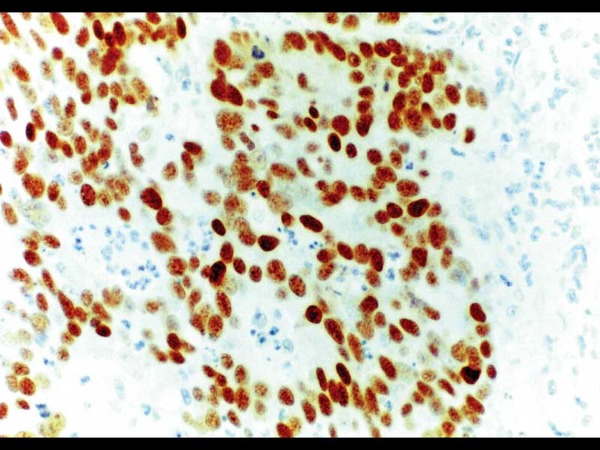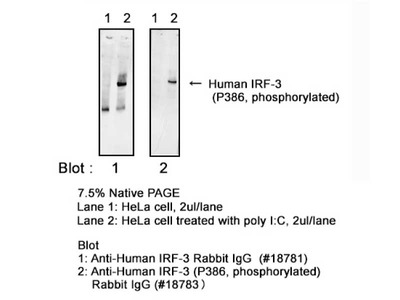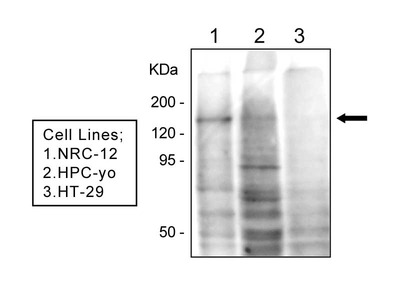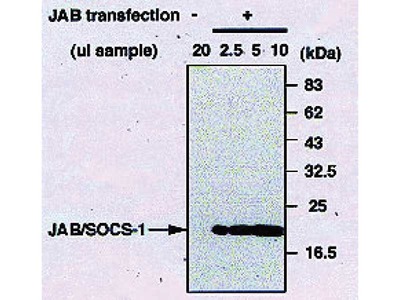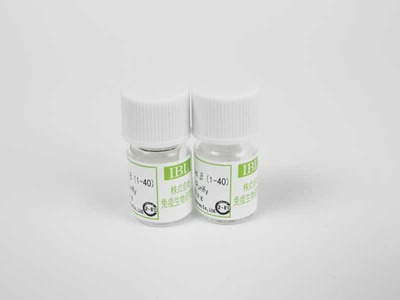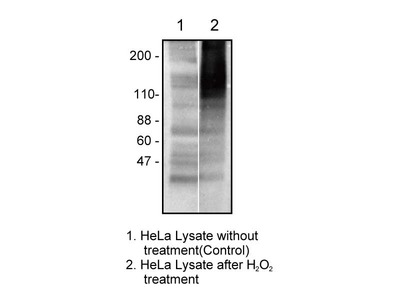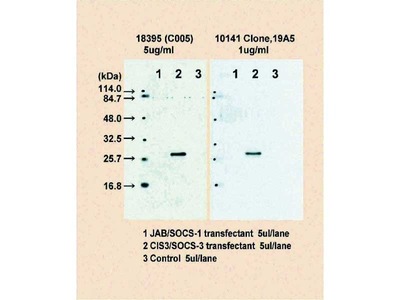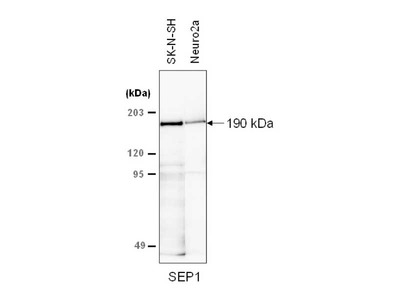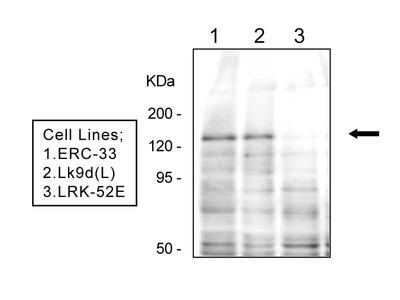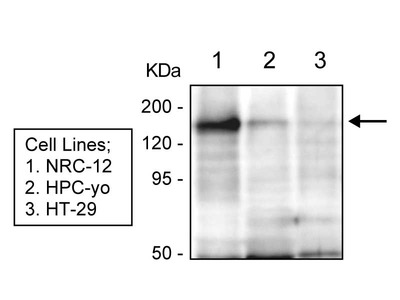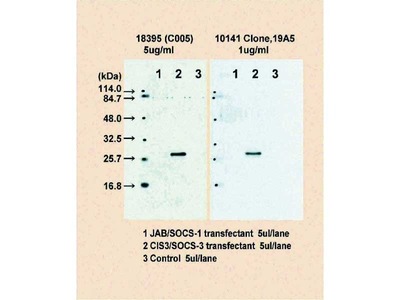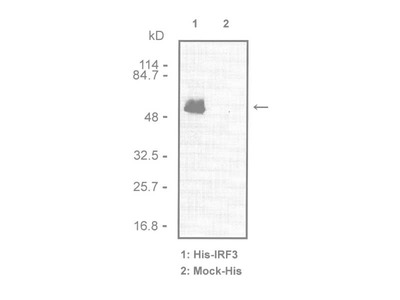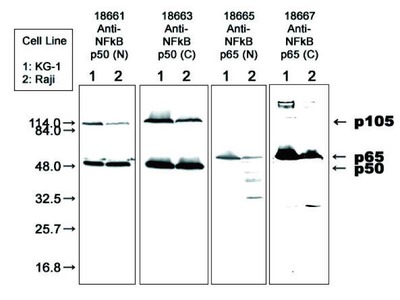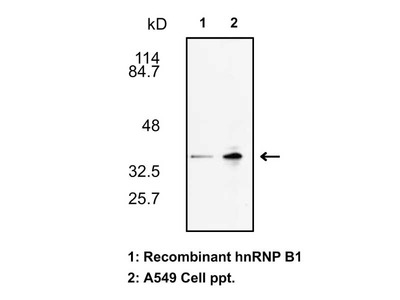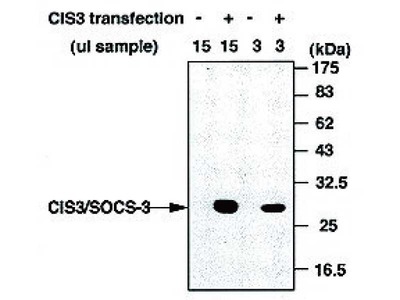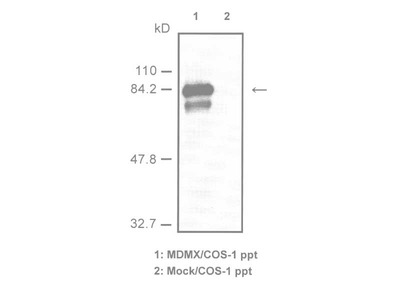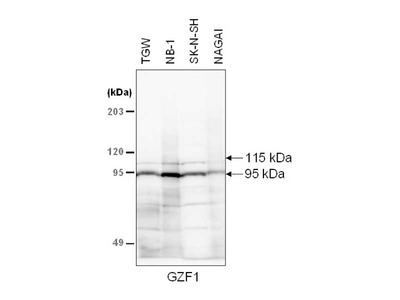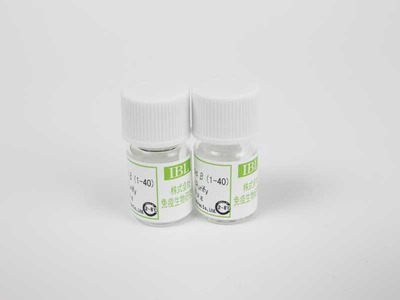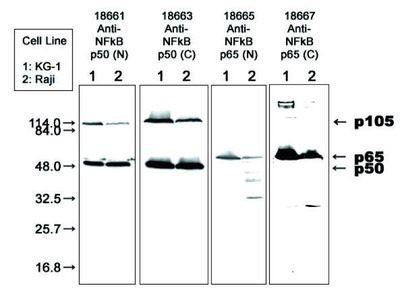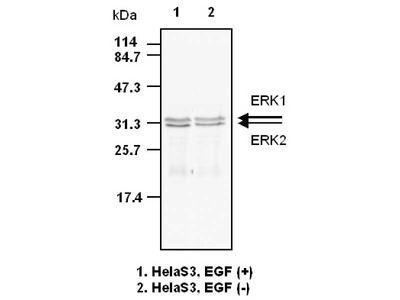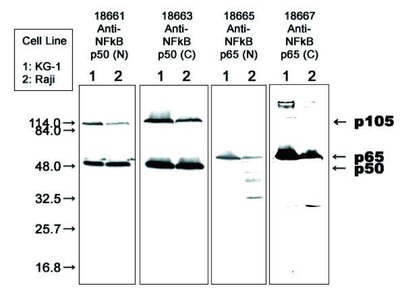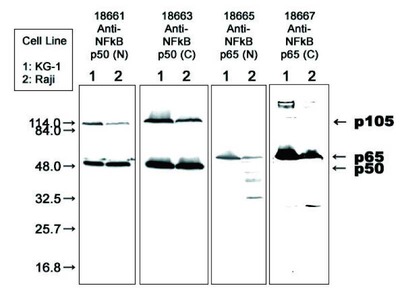- HOME >
- For Researchers >
- Product Search >
- Search Result >
- #10041 Anti-Human p53 (Bp53-12) Mouse IgG MoAb
Product Search
#10041 Anti-Human p53 (Bp53-12) Mouse IgG MoAb
- Intended Use:
- Research reagents
- Application:
- WB, IHC
- Package Size1:
- 200 μg
- Note on Application Abbreviations
- WB:Western Blotting
- IHC:Immunohistochemistry
※ The product indicated as "Research reagents" in the column Intended Use cannot be used
for diagnostic nor any medical purpose.
※ The datasheet listed on this page is sample only. Please refer to the datasheet
enclosed in the product purchased before use.
Product Overview
Product Overview
| Product Code | 10041 |
|---|---|
| Product Name | Anti-Human p53 (Bp53-12) Mouse IgG MoAb |
| Intended Use | Research reagents |
| Application | WB, IHC |
| Species | Human |
| Immunizing antigen | Recombinant human p53 protein |
| Source | Mouse-Mouse hybridoma |
| Clone Name | Bp53-12 |
| Subclass | IgG2a |
| Purification Method | Affinity purified with protein A |
| Specificity | Reacts with both wild-type and mutant p53, does not cross-react with mouse or rat. |
| Package Form | Lyophilized product from PBS (without BSA and NaN3) |
| Storage Condition | 2 - 8℃ |
| Poisonous and Deleterious Substances | Not Applicable |
| Cartagena | Not Applicable |
| Package Size 1 | 200 μg |
| Remarks1 | The commercial use of products without our permission is prohibited. Please make sure to contact us and obtain permission. |
Product Description
Product Description
At first, p53 was found not as a tumor suppressor gene product but as a cell protein of 53kDa that bind with the large T antigen of DNA type tumor virus SV40. Though at that time p53 was considered to be an oncogene because p53 has a transforming activity, afterwards, it has been reported that a normal p53 gene (wild type) functions as a tumor suppressor gene and the mutation type has a transforming activity. Moreover, it has been reported that p53 is a cause gene of Li-Fraumeni syndrome which causes various cancers genetically, and it is considered that abnormality of the p53 gene (mutation type) is deeply involved in canceration because the mutations of p53 are widely and frequently appeared in nonhereditary tumors as well. Additionally, it is thought that p53 stops cell cycle for DNA reparation or causes apoptosis in order not to transmit a damaged genetic code in responce to DNA damage by radiation or medicine, etc. Biochemically, p53 acts as a transcription factor that works in the form of tetramer (it is formed by the interaction of dimers that combined in C-end area), and binds to specific base sequence and then activate the transcription. GADD45, MDM2, MCK, p21/WAF, and cyclin G genes, etc. are clarified as targets.

